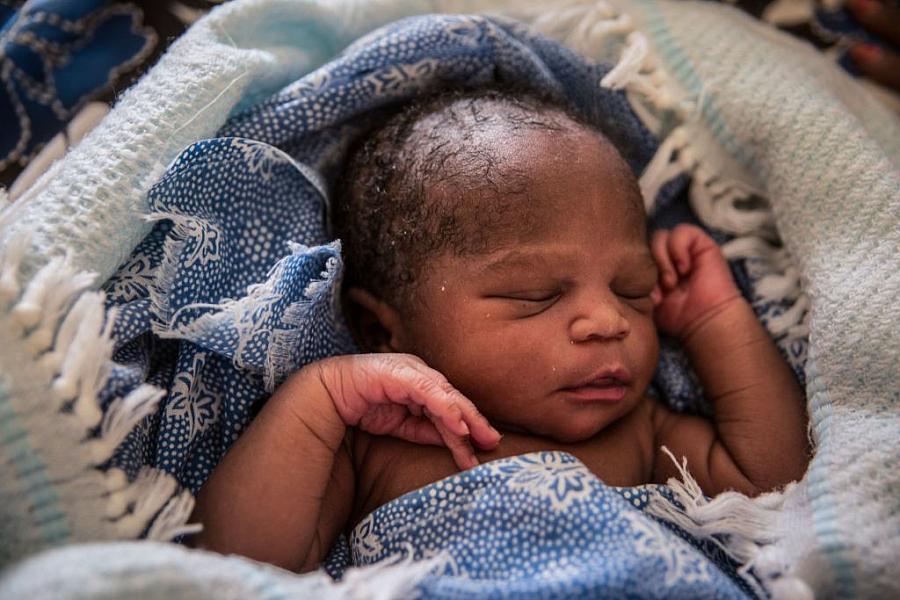Why is LA County’s high Black infant mortality rate such an intractable problem?

(Photo: Stefanie Glinski/AFP via Getty Images)
It hardly seems possible that in such a wealthy country something so fundamental as childbirth should still prove so risk-laden, but that’s exactly the case when it comes to the nation’s African American community, where infant mortality rates remain glaringly high compared to other racial groups.
In Los Angeles County, the situation is no different.
While the infant mortality rate in this county of more than 10 million people has been, more or less, gradually declining over the past near 20 years, it has remained stubbornly high within the County’s Black population.
Indeed in 2014, African American infants were dying at more than three times the rate observed for white and Asian babies. This hasn’t gone unnoticed by those with the ability to make a difference, including a health department that has made health equity a cornerstone of its overall remit.
In the spring of 2018, the Los Angeles County Department of Public Health (DPH) announced that it would launch a five-year initiative to reduce the infant mortality gap between Black and Caucasian babies by 30%.
At the time the initiative was announced, the infant mortality rate among African Americans was 7.3 per 1000 live births, compared to 3.2 for white babies.
Another key target has been the County’s Healthy People 2020 Objective, aimed at reducing the infant mortality rate to no more than 6 per 1,000 live births.
The steps the county has taken to tackle these issues have included better access to prenatal care and safe sleep messaging for Black mothers. At the launch of the initiative, DPH officials stressed that their efforts would also focus on aspects of structural racism underpinning the disparity, like limited access to safe and affordable housing.
With the Healthy People 2020 target date come and gone, and the initiative to markedly reduce infant mortality rates within the county’s Black community still ongoing, what gains has the county made in bringing health parity to mothers within its reach?
DPH has already provided to me some important answers — years of data previously missing from its publicly available statistics. And it suggests that the county hasn’t yet effectively moved the needle on this problem.
What’s more, the data shows that the infant mortality rate among children listed on their birth certificates with two or more races is now accelerating.
Given the county’s focus on the issue in recent years, why are we seeing these trends?
With support from a grant from the 2022 California Impact Fund, I’ll be taking a granular look at the problem, talking to county and state officials, health care providers, and most importantly of all, mothers and their families.
DPH breaks the county into several service planning areas (SPAs). From the available data, Black infant mortality rates can differ quite drastically between SPAs.
I’ll look at how perinatal health services and programs differ between SPAs to gauge which ones are effective and which ones aren’t, and to try to get a handle on why (while factoring in the state’s involvement, too).
Finally, many experts had, for a long time, argued that the county’s perinatal programs have been underfunded. I will piece together an accounting of the county’s Maternal, Child, & Adolescent Health programs for the past four-plus years, to see what resources the department has garnered during that time and how it has used them.
With such a narrow lens focused solely on LA County, this investigation, I hope, will add valuable texture to the literature and the fine reporting that has already been done on this topic.
